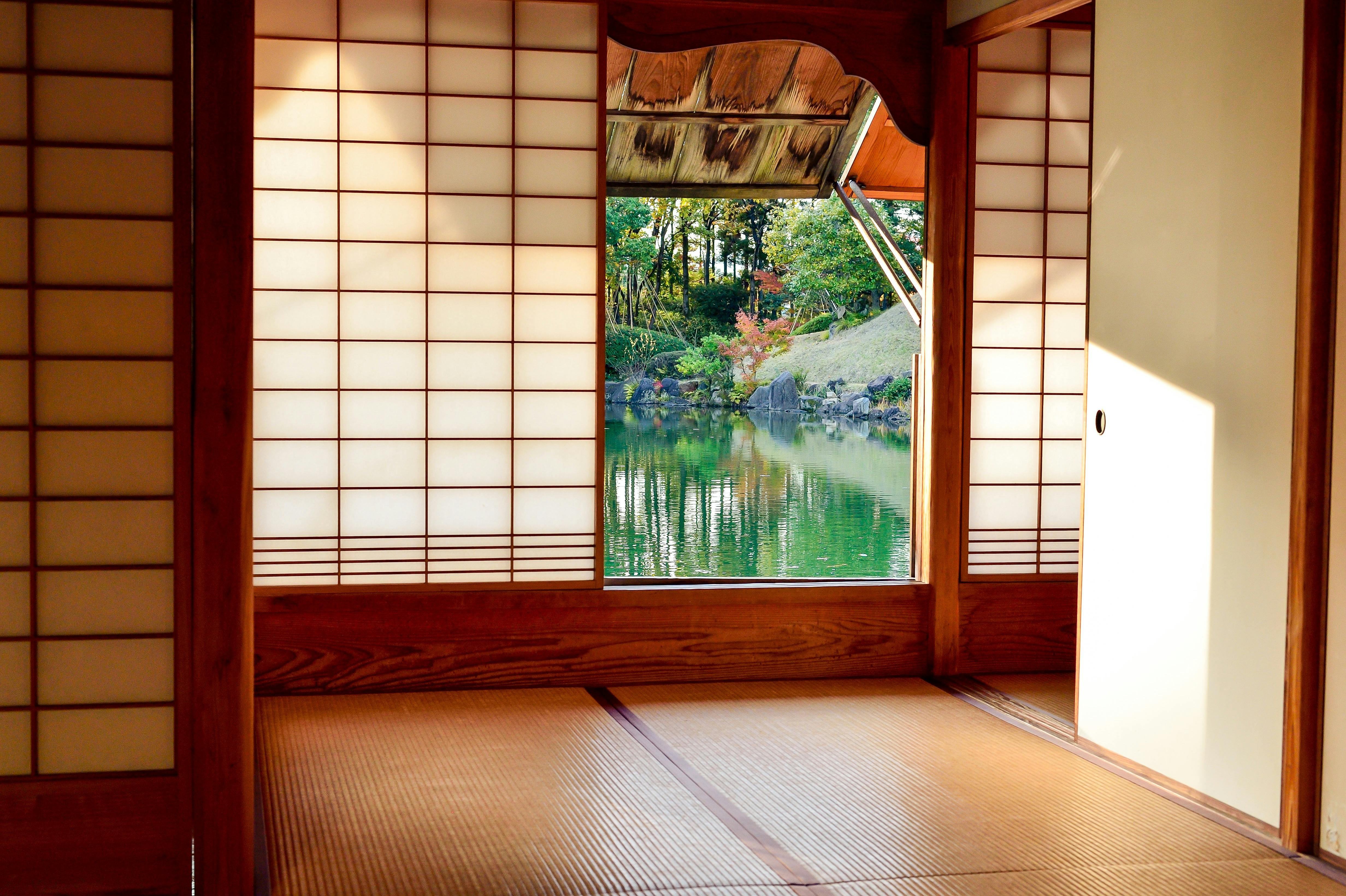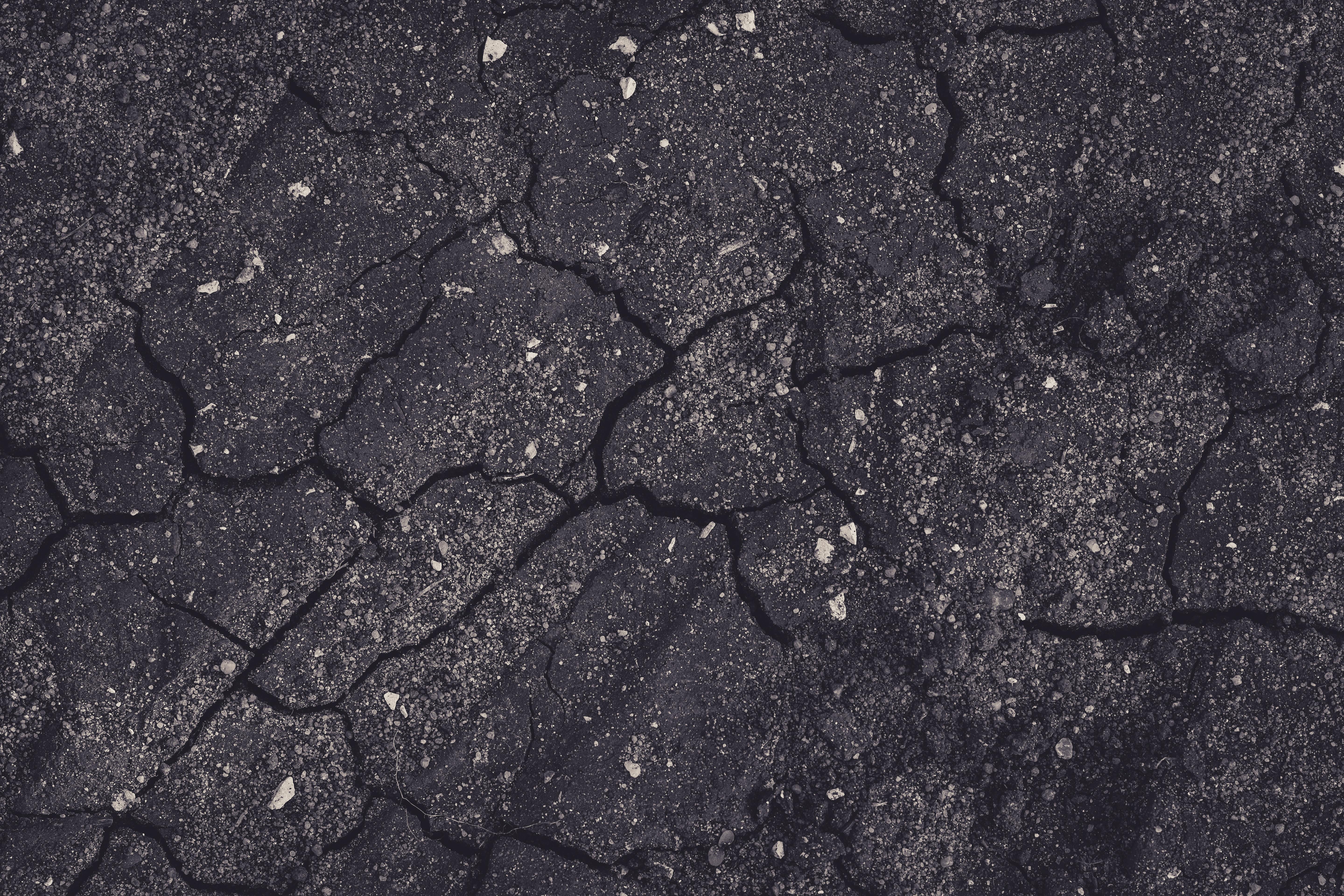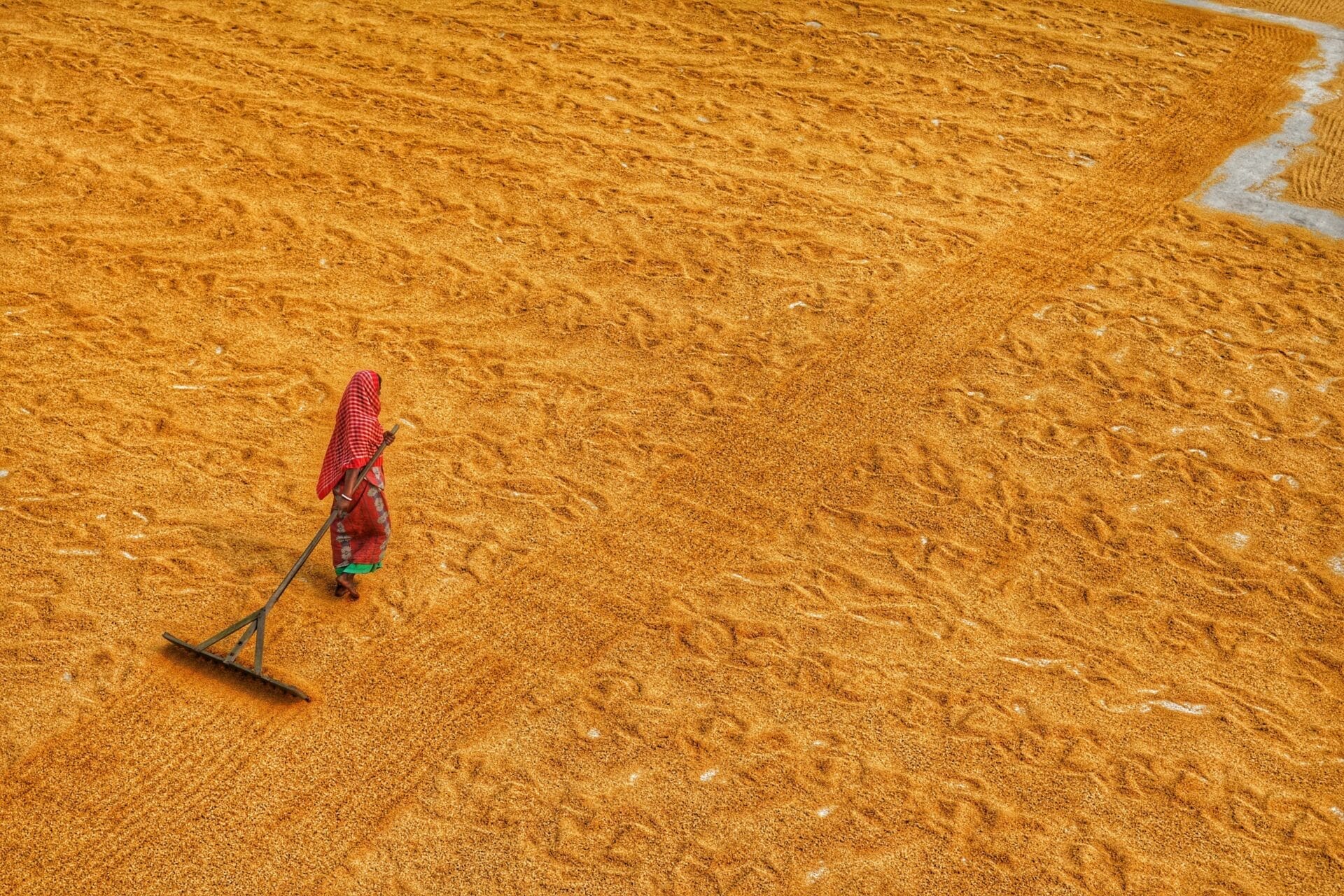Drying water under vinyl flooring is an important part of maintaining the longevity and health of the flooring. When water gets trapped between the vinyl and the subfloor it can cause warping, buckling, sagging, or discoloration. To prevent these issues from happening, it is important to properly dry any water under vinyl flooring as soon as possible. This guide will provide instructions on how to quickly and safely dry water under vinyl flooring.To dry water under a vinyl floor, you will need to move any furniture or items out of the way, and then use a wet/dry vacuum to suck up as much of the water as possible. If you do not have a wet/dry vacuum, you can use towels to absorb the water. Once the large amounts of standing water have been removed, turn on a fan and place it in front of the wet spot. Leave the fan running for 24 hours to help speed up the drying process. Additionally, open any windows and doors near the area to allow air circulation. Once it’s dry, clean the area with a damp mop or cloth and appropriate cleaning products designed for vinyl floors.
Identifying the Source of Water Leakage
Water leakage can be a major problem in any home, leading to higher water bills and potential property damage. It is important to identify the source of a water leak quickly in order to prevent further damage to your home. Fortunately, there are several effective methods you can use to locate the source of a water leak.
Inspecting the plumbing system is often the first step in solving a water leak issue. Check for visible signs such as damp spots or wet pipes that may be indicative of a problem. If you notice any damp spots, check around them for visible signs of corrosion or rust, which may indicate that pipes need replacing or repairs.
If you are unable to locate the source with visual inspection alone, it may be necessary to use specialist equipment such as moisture meters or thermal imaging cameras. Moisture meters detect small amounts of moisture in walls and other materials, which can help pinpoint the location of the leak. Thermal imaging cameras allow you to see hot and cold spots on walls and ceilings, indicating where heat is escaping from and providing clues as to where water may be leaking from.
If you are still unable to identify the cause of your water leak after inspecting plumbing systems and using specialist equipment, it may be time to call in an experienced plumber. A professional plumber will have access to more advanced tools such as video cameras that can be used for detailed inspections inside walls and under floors. They will also have extensive knowledge and experience when it comes to locating leaks and can advise on the best course of action for repairing them quickly and efficiently.
Identifying the source of a water leak can seem daunting at first but with careful inspection, specialist equipment, and professional advice from an experienced plumber if necessary, it is possible to locate even difficult-to-find leaks and get them fixed before they cause further damage.
Preparing the Area Under Vinyl Floor
Before you can install vinyl flooring, you need to prepare the area under it. This is an important step that should not be overlooked, as any imperfections in the subfloor can cause problems with the vinyl flooring. Here are some tips on how to properly prepare an area for vinyl flooring.
First, make sure that the subfloor is level and free of debris. If there are any bumps or dips in the floor, use a level and sandpaper to even them out. Additionally, check for any nails or screws that may be sticking out and remove them.
Next, you will need to clean the area thoroughly before applying adhesive or other materials. Sweep away any dirt or dust particles and then use a damp mop to remove any remaining debris. Allow the subfloor to dry completely before proceeding with installation.
Finally, inspect the area for any signs of moisture damage or rot. If any areas are damaged or soft due to water damage, they should be replaced before installing vinyl flooring. This will help to ensure that your new flooring stays in place and looks great for years to come.
Removing Water From Under Vinyl Floor
Removing water from under a vinyl floor is a tricky process, as the water must be removed without damaging the vinyl itself. The first step in removing water from under a vinyl floor is to identify where the water is coming from. If the water is coming from an outside source, such as a leaking pipe or window seal, then the source must be addressed first before attempting to remove the water. If the source of the water cannot be identified, then it may be necessary to cut away some of the vinyl to expose and access any trapped moisture.
Once the source of the water has been identified and addressed, it is important to begin removing any standing or pooling water on top of the floor immediately. This can be done using wet vacuums or mops and buckets. It is important to ensure that all standing or pooling water is completely removed before attempting to dry out any moisture trapped underneath.
Once all surface moisture has been removed, it is essential to dry out any moisture trapped underneath as soon as possible in order to prevent mold or mildew growth. In order to dry out moisture trapped beneath a vinyl floor, it may be necessary to use fans or dehumidifiers in order to circulate air and reduce humidity levels. It can also be helpful to remove any furniture or rugs that are covering up portions of the floor in order for full ventilation and air circulation. If possible, windows should also be opened during this process in order for fresh air flow into the room.
Once all excess moisture has been removed and humidity levels have been reduced, it is important that regular inspections are carried out in order to ensure that no new sources of moisture have appeared and that all trapped moisture has dried up completely. This process should not be rushed; rather, proper time should be taken in order for complete drying before replacing any furniture or rugs on top of the floor.
Using a Wet Vacuum to Remove Water
Removing water from a wet area can be difficult and time consuming. Wet vacuums are an effective and efficient way to remove water quickly and easily. A wet vacuum is a specialized vacuum designed specifically for removing liquid from surfaces. They are usually powered by an electric motor and use a strong suction force to draw up the water. The water is then stored in a tank or container until it can be disposed of safely.
Wet vacuums come in many sizes, from small handheld devices to large industrial machines. They can be used for any size project, from cleaning up spills in the kitchen or bathroom to removing standing water in flooded basements or garages. Most wet vacuums have adjustable suction settings so you can tailor the amount of suction needed for your project.
When using a wet vacuum, it is important to make sure that all electrical components are kept away from the wet area. It is also important to wear protective gear such as rubber gloves and safety glasses to protect yourself from splashing water or other contaminants that may be present in the water being removed. It is also important to follow the manufacturer’s instructions when using any type of vacuum cleaner or other cleaning device.
Using a wet vacuum is an easy and effective way to remove water quickly and efficiently. It is important to follow safety guidelines when using any type of vacuum cleaner, and always make sure that electrical components are kept away from any wet areas. With proper use, a wet vacuum can help you get rid of standing water quickly and easily so you can get back to enjoying your home or business again!

Using a Mop and Bucket to Remove Water
Using a mop and bucket is one of the most common and effective ways to remove water from floors. Mopping is a great way to quickly absorb water from any type of flooring. It is also an inexpensive option compared to other methods of water removal. To start, you will need a mop, bucket, and cleaning solution. Fill the bucket with warm water and the desired cleaning solution, then dip the mop into the bucket. Make sure to wring out the excess liquid before mopping the floor. Start at one corner of the room and work your way out in long strokes. Pay attention to corners or other areas where water may be pooling. Once you have finished mopping, empty out the bucket and refill it with clean water for rinsing if necessary. Change out the dirty water frequently when cleaning large areas or heavily soiled floors for better results. After you are finished mopping, allow time for the floor to dry completely before walking on it.
It is important to use caution when using a mop and bucket as it can be slippery when wet. Wear non-slip shoes while mopping for added safety or place caution signs around wet areas until they are dry. Additionally, make sure that all furniture or other items are moved away from damp areas while they dry completely before replacing them.
Overall, using a mop and bucket is an easy way to effectively remove water from any type of flooring surface quickly and safely. It is also an economical option that requires minimal effort compared to other methods of water removal.
Absorbing Moisture With Towels or Rags
Absorbing moisture with towels or rags is a great way to quickly and easily remove excess moisture from your home. Towels and rags are both absorbent materials that can easily pick up and trap moisture, which helps to reduce the humidity levels in your home. They are also inexpensive and easy to use, making them an ideal choice for quickly removing moisture from carpets, furniture, walls, floors, and other surfaces.
To use towels or rags to absorb moisture effectively, simply place them over the area that needs drying. For larger areas like carpets or furniture, you may need multiple towels or rags. Allow the towels or rags to sit for several minutes so they can soak up as much moisture as possible. Once they are saturated with moisture, replace them with new dry ones until the area is completely dry.
When using towels or rags to remove moisture from your home, make sure that you use materials that are absorbent enough to pick up the water without dripping it onto other surfaces. Fabrics like cotton and microfiber are ideal for this task as they are highly absorbent yet lightweight enough not to cause any damage when used on delicate surfaces such as wood floors or furniture. You may also want to consider using a dehumidifier in conjunction with your towels or rags if you have a particularly damp area of your home that needs extra attention.
Using towels or rags is an easy and effective way of removing excess moisture from your home. They can quickly absorb large amounts of water without causing damage to delicate surfaces and they are relatively inexpensive and easy to use. As such, it is an ideal solution for anyone looking for an efficient way of reducing humidity levels in their home without breaking the bank.
Drying the Area With Fans or Dehumidifiers
After a flood, it is important to begin the process of drying out the affected area as quickly as possible. This can be done with fans and dehumidifiers. By using fans and dehumidifiers, the air in the affected area can be dehumidified and circulated so that moisture is removed from walls, floors, and other surfaces. The fans can also help to circulate air throughout the space, which helps to evaporate moisture from surfaces.
Dehumidifiers are especially effective for removing moisture from the air because they can remove large amounts of water vapor from the air quickly. These devices are also able to maintain dry conditions in an area for a longer period of time than fans alone can. It is important to note that both fans and dehumidifiers must be used together in order to effectively dry out an area after a flood.
When using fans or dehumidifiers to dry out an area after a flood, it is important to keep in mind that both fans and dehumidifiers must run continuously until all areas have been dried out completely. This means that rooms should be monitored regularly for any signs of further water damage or dampness and drying efforts should be adjusted accordingly. Additionally, it may take several days or even weeks for all areas affected by flooding to fully dry out with these methods.
It is also important to make sure that all wet materials are removed from the space before drying efforts begin. This includes carpets, furniture, clothing, and other items that were exposed to water during a flood event. Removing these items will help prevent mold growth or other forms of damage caused by prolonged exposure to moisture. Once all wet materials have been removed, then drying efforts can begin with fans or dehumidifiers until all areas are completely dry.

Conclusion
The best way to dry water under vinyl floor is to first use a wet vacuum or mop and bucket to remove as much water as possible. A dehumidifier or fan can then be used to further remove moisture from the air. After this, it is important to inspect the floor for any damage and replace any sections that have been affected. Finally, it is important to repair any underlying issues that may have caused the flooding in the first place, such as a plumbing leak, so that future flooding does not occur.
Drying out water under your vinyl flooring can be a difficult job but with the right tools and techniques, it can be done effectively and without causing further damage. Taking proactive steps such as using a dehumidifier or fan and inspecting the floor for damage can help ensure that you keep your vinyl flooring looking great.

